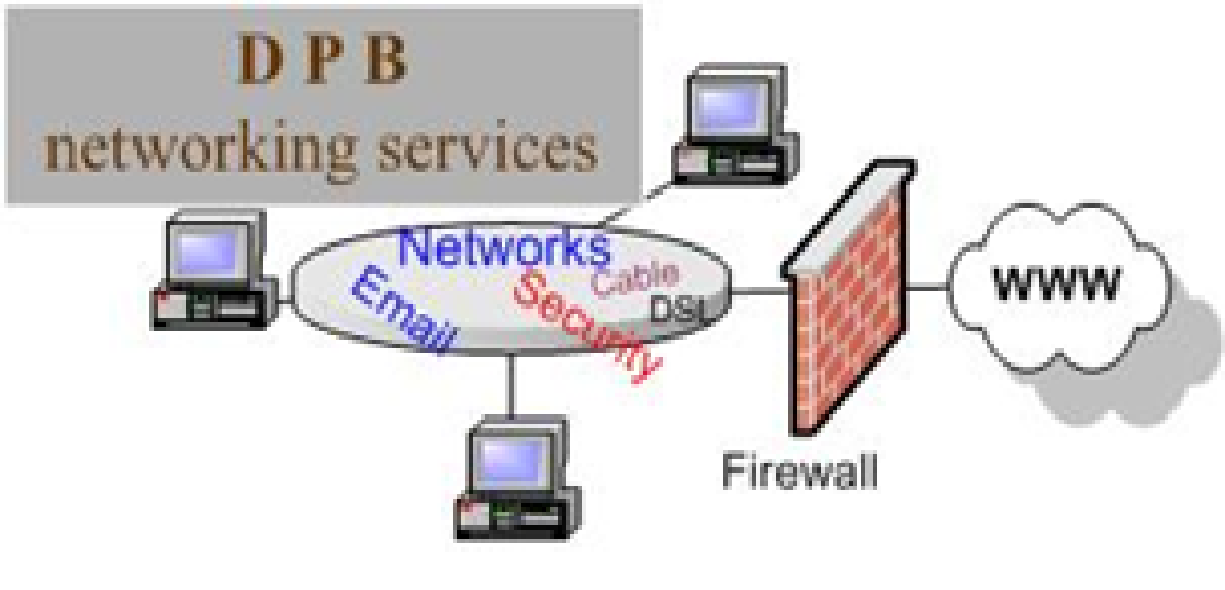In April 2016, the National Labor Relations Board (NLRB) issued a ruling against T-Mobile, which found that a provision in its employee handbook requiring workers “to maintain a positive work environment in a manner that is conducive to effective working relationships” was unlawful. Many found this ruling a bit strange… including me. Positivity leads to increased productivity, and what is wrong with an employer promoting a more productive working environment?
According to a report by The New Yorker, the ruling was one in a series of decisions against the mobile communications company, with the NLRB determining that the provision sought to inhibit employees from union organization. The Board held that the “positive work environment” wording was “ambiguous and vague” and prevented employees from speaking and acting in a free manner.
Interestingly enough, freedom comes up a lot when psychologists and human resource experts speak about creating a positive work environment. They argue that behavior- inhibitive policies prevent employees from reaching their highest potential, by robbing them of their desire to create and produce at their highest levels. So, how do you use office policies to promote a positive work environment?
Specificity is a Must for Creating Workplace Policies That Promote Positivity
The NLRB decision was very clear about the vagueness of the T-Mobile decision and HR experts agree. As the folks over at Fast Company suggest, your office policy manual should not just state the general rules. It should also explain them and the reasoning behind them. When your employees understand the policies and how they relate to your firm’s culture, they will be more likely to follow them and even promote compliance among their co-workers.
Being specific also requires consideration of the behaviors and actions you do not want within your office environment. You must admit, a broad “be positive” statement offers little guidance. One employee may interpret it as a warning not to communicate her concerns with a supervisor. Another employee’s interpretation may be to smile when gossipping about co-workers. Yet, your intention was to create a policy that promoted open lines of communication and discouraged gossiping among employees. Be deliberate in your policies. If you want to disallow office gossiping, say that outright. If you want open lines of communication, create a detailed grievance process that also discourages negative discourse among staff members. Think about the negative behaviors that you absolutely do not want in within the office, then create policies that specifically address those issues, while also connecting to the overall culture of the firm.
A little thoughtfulness in the creation of office policies can go a long way in promoting positivity within your law office. After all, positivity translates into productivity, and productivity translates into everyone’s favorite word… profit.
About Erika Winston:
Erika Winston is a freelance writer with a passion for law. Through her business, The Legal Writing Studio, she helps legal professionals deliver effective written messages. Erika is a regular contributor to TimeSolv and a variety of other publications.
















